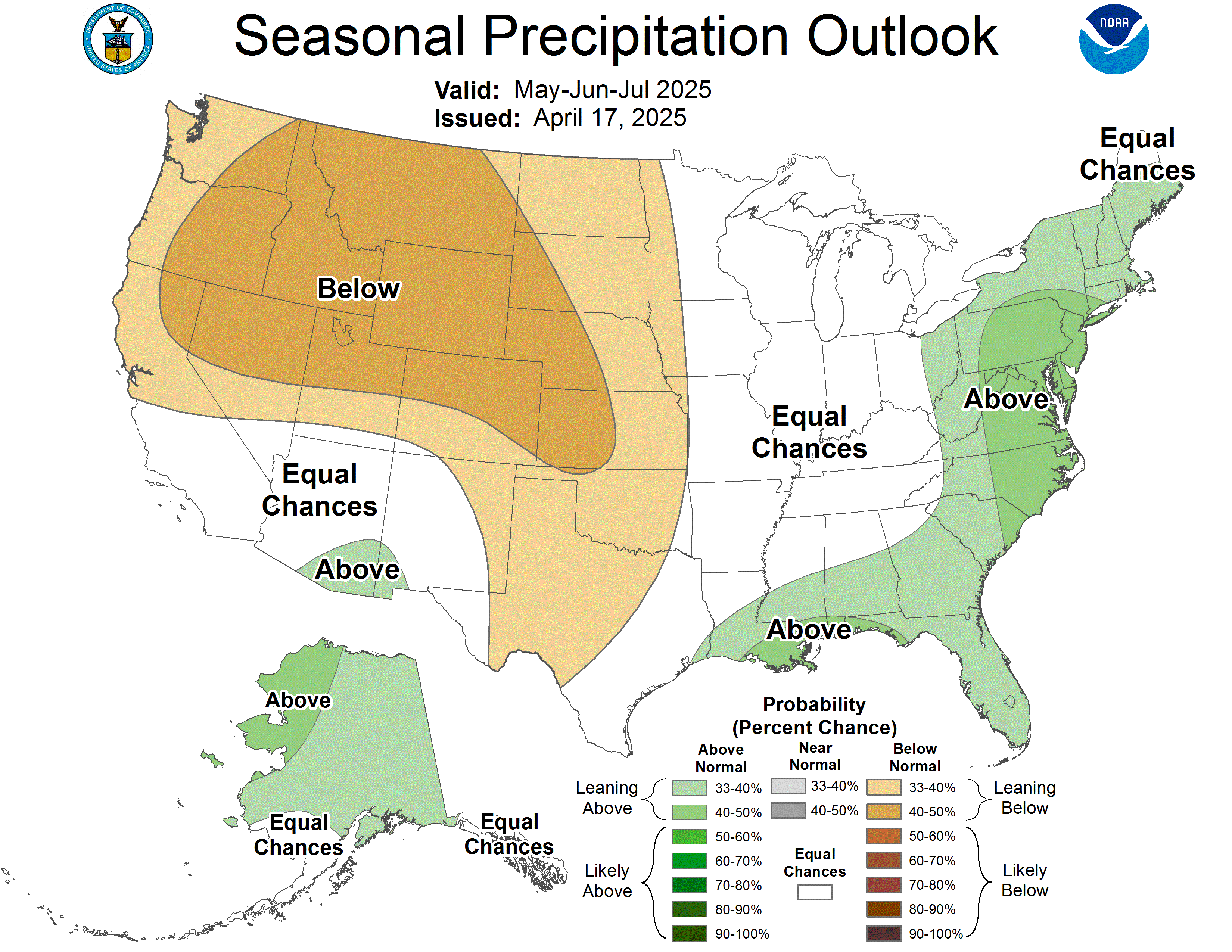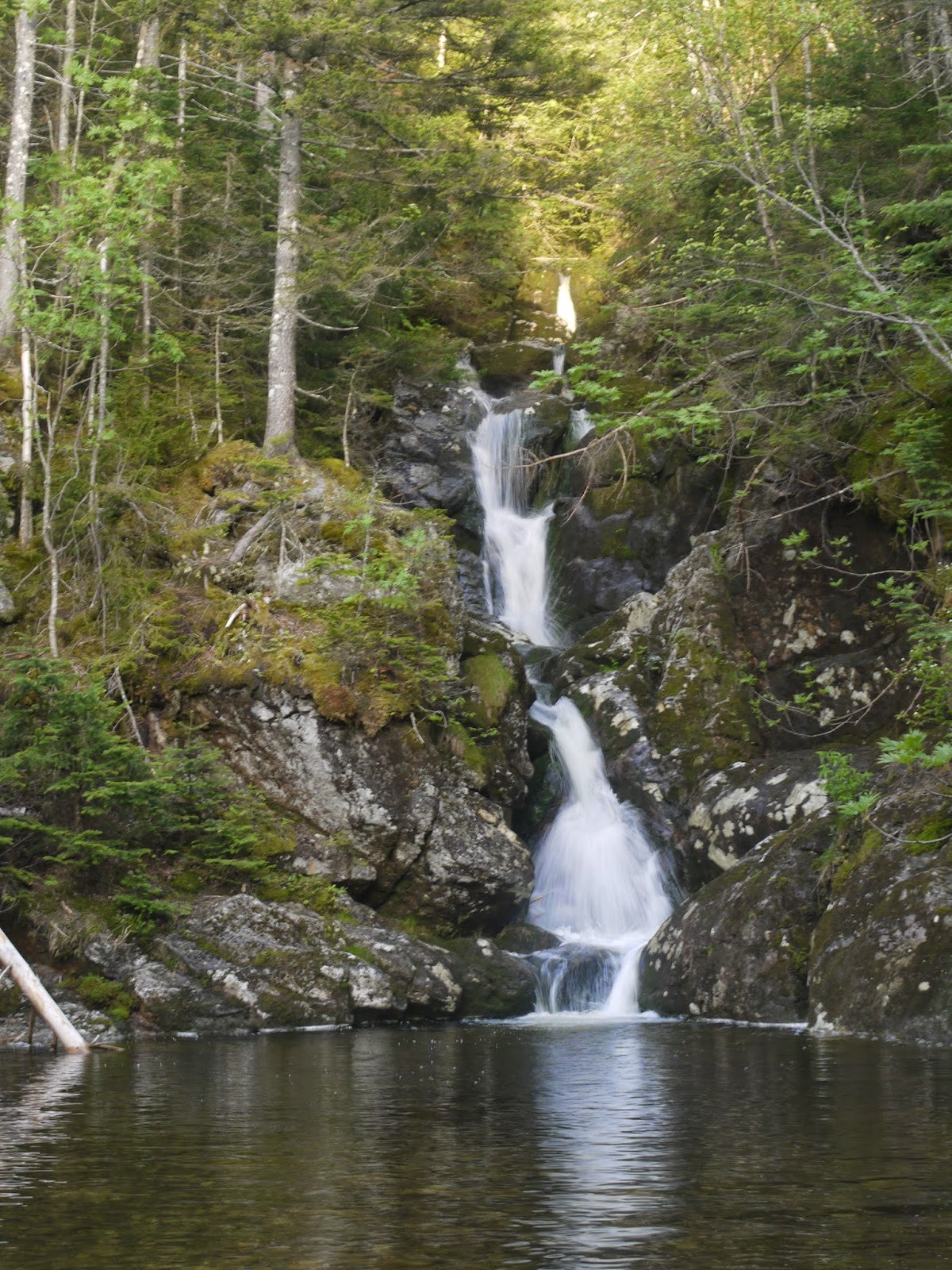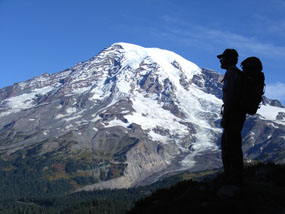This past weekend AMC friend Chris and I headed up to the White's for a quick and light overnight trip. On the menu was Bondcliff, Mount Bond, West Bond, South Twin, Galehead, down to thirteen brook tent site and then the bushwack up to Owls Head on the way out. This would check off five mountains from my NH48 list, and bag South Twin for the second time - the first was on a training hike for the PCT over a year ago. It's also the second half or so of a Pemigewasset Loop - the #2 hardest day hike in the country according to backpacker magazine (although I don't believe anything else they say so why believe that?).
Unfortunately, last weekend I spent a bit too much time on the mountain bike at Nembafest and triggered an old knee injury since I haven't been riding much. I took the week off and it felt fine on Friday so I figured what the heck, let's go for it, it's only 20 miles the first day, twelve or so on Sunday and I hate cancelling last minute. Chris wanted to practice ultralight camping too, so I decided just to go for it.
We started out at 8 am at the Lincoln Woods trail head with a full parking lot and quickly made the 2.6 mile former rail bed walk into the Pemigasset Wilderness, crossed the bridge over Franconia Brook and continued our walk, dotted with "wilderness ties" - my name for the rail road ties left by logging crews in the late 1800's that cleared almost all the trees in the Whites - including the now "wilderness" area's. We even spotted a wilderness bucket!
 |
| Bridge over Franconia Brook - which uses 1800's era foundations from a defunct logging railway |
I don't mean to hate on wilderness area's, I certainly appreciate the preservation effort but it's a bit silly when trail crews aren't allowed to use chainsaws but reach their trails via former logging roads.
Politics aside, we made great time up to Bondcliff in under four hours and got some obligatory photos:
 |
| Bondcliff - appropriately named |
 |
| Showing off! |
The knee really started bothering me on the rocky 0.8 mile 1,200 foot descent down to Galehead hut, so we took a longish break at the AMC hut, then a quick slack pack four tenths up to Galehead and back - probably a dumb idea just to check a box on a list. We decided to just camp at the first decent spot on the way down to the Thirteen falls tent site and considered skipping Owl's head. Meanwhile at the hut a woman doing the AMC Hut Traverse stopped by for some hut food. The Hut Traverse is a 54 mile hike in under 24 hours to all 7 AMC huts usually done by trail crew members or the hut staff - totally insane! Not only that, she only had 12 miles to go and it was 5 pm!
After the superwoman left we made our way down the thirteen falls trail. Around halfway of the 2.6 mile trail I spotted a decent flat spot off trail with a small stream running by. I hadn't been filtering water all day and gladly continued the practice. Then we made camp - each with tarps. My original plan for bug protection was a DIY bug netting supported by my hiking umbrella. Sadly my tarp pitch was a few inches too short for the umbrella but there were so few bugs I just went without:
 |
| In the trees, all you need is a tarp... and maybe DEET |
I keep that tarp in my day pack as an emergency shelter, along with the gossamer gear nightlight pad for pack structure. It's nice to be able to overnight if needed with only a pound and a half of added weight to an already sub pound daypack (MLD Burn) - lighter than most traditional empty day packs! For this trip I was using my new-to-me Six Moon Designs swift pack - a smaller version of the Starlight I used on the PCT and sadly out of production. I really like the pack and the lack of hip belt padding didn't become an issue. I keep my sleeping bag and jacket fluffed inside the pack to take up space, so the pack rode well to boot. I did notice the rear mesh pocket is significantly smaller than the Starlight but it wasn't a problem. I do need to try it with heavier loads for dry stretches on the AZT and CDT though.
Unsurprisingly after some 1,300 miles on the PCT without a stove I forgot to bring fuel... My mac and cheese was begging for boiling water but my alcohol stove seemed useless. I tried to and quickly lost patience with building a small wood fire and then remembered my 2 ounce bottle of hand sanitizer - gelled alcohol! The first inactive ingredient is water but man does that stuff burn! I squeezed a full ounce onto my stove, lit it up and set the pot on. Who woulda' thought that it boiled the water and was just enough to perfectly cook my macaroni. That and a can of salmon made for a filling dinner. Camping before the designated tent site also meant a quiet night and no bear or critter issues. That basically sums up ultralight to me - improvise, avoid high use area's and use your noggin.
We slept pretty well, although I did put ear plugs in so Chris's neoair didn't wake me up every time he moved around. The next morning my knee was really feeling stiff and sore so we decided to just head straight out instead of bagging Owl's head. That meant 10 long flat miles out back to the trail head after pushing some leaves and brush back over our campsite and mixing the ashes from my pathetic fire attempt into the dirt. We broke up the walk with some waterfalls and at one point next to a beaver pond were walking through more dragonfly's than I have ever seen - over a hundred of them all taking off around us! They eat mosquito's and are in my opinion the coolest looking insect, so I was happy to see them.
 |
| Thirteen Falls fall waterfall number ?? |
 |
| Franconia Brook Falls up close and person |
Base weight for the trip was a little under 9 pounds and not much different from what I plan on carrying for my upcoming through hikes aside from shelter choice, which I'm still working out.
All the other pictures are here: http://imgur.com/a/5ldd2






























.JPG)